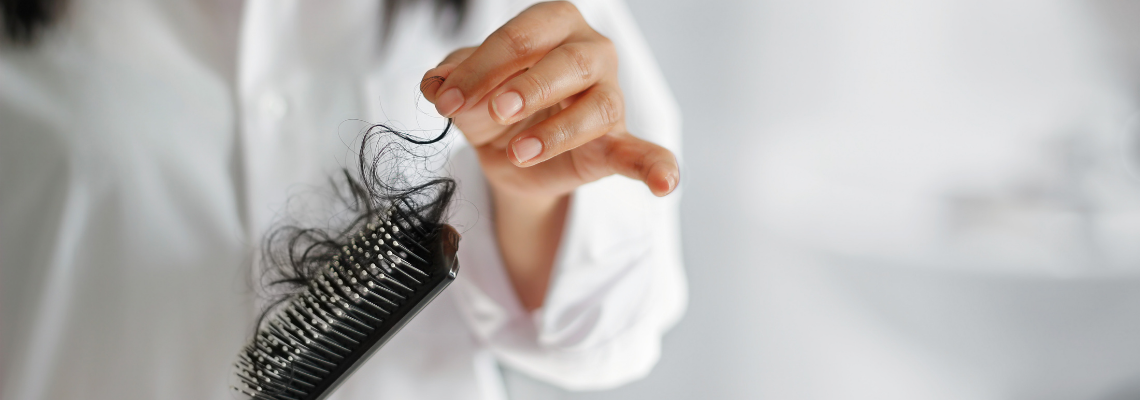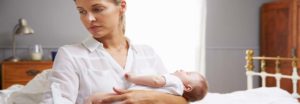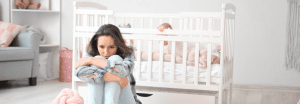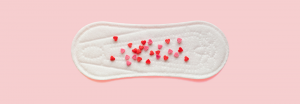
Are you experiencing postpartum hair loss for the first time? This article will inform you everything you need to know, from what’s causing it to what you can do to alleviate the condition.
According to studies, women always feel more confident and happier when their hair looks good and healthy. Unfortunately, numerous conditions might cause you to lose your hair, including anemia and thyroid disorders. However, in this article, we want to focus more on postpartum hair loss: if it’s normal, what causes it and things new mothers can do to improve the condition and reduce the shedding.
Why Does Postpartum Hair Loss Happen?
Pregnancy comes with many changes. And for most women, they’re lucky to enjoy fuller, thicker, longer and healthier hair during this time. This occurs due to hormonal changes, which cause your hair to only stay in the growing phase during this period. However, a few weeks after your child is born, you might start to notice excess shedding as your estrogen hormone levels decrease. Do not be alarmed, as this is totally normal. Since your hair hasn’t been shedding for a while, it sheds all at once, making the hair volume seem more substantial. Remember, this doesn’t imply that your hair is lost permanently. Over time, it should grow back and look healthier as it did before the pregnancy. Most mothers will notice a significant growth by the time their baby turns a year old. Although you don’t need to do much, there are certain things you can do to help your hair to regrow and appear fuller to give you the confidence you may have lost.
What Can You Do?
 Proper Diet
Proper Diet
According to research, consuming an unbalanced diet without the right nutrients can cause you to experience hair loss and vice versa. Foods such as eggs, meat, shrimp and fatty fish can be directly linked to hair growth. For vegetarians, consider introducing things like nuts, beans, carrots, soybeans, avocados, berries, sweet potatoes, spinach and other dark leafy greens into your diet.
Skip the Styling
Styling tools such as your curling iron or hairdryer cause your hair to become dry and brittle, making shedding more likely. Again, they cause your hair to look much thinner than it would if you let it air-dry. Since your hair is more fragile, ensure you’re gentle with it when brushing or shampooing. And if possible, do not brush it more than once a day. Always ensure that you use a wide-toothed comb, a volumizing shampoo and a good conditioner to detangle your hair on wash days. Again, avoid using elastic bands that put much tension on your scalp and hair.
Take Supplements
Although supplements shouldn’t be used as a substitute for a balanced diet, taking your prenatal vitamins is recommended even after your child is born. It’s not only good for your overall health but also that of your baby if breastfeeding.
Conclusion
As mentioned earlier, postpartum hair loss will resolve on its own as time goes by. However, in some cases, mothers might keep noticing clumps in their hairbrushes even after their child turns a year old. If that’s you, you should see a specialist. In some cases, it might be due to postpartum thyroiditis, and the doctor should address it.


